Gravel bikes are cycling’s hot ticket – and everyone wants a slice of the action.
In recent years, we’ve seen established drop-bar bike brands expand their ranges deep into a gravel market that covers everything from round-the-world bikepacking machines to race whips worthy of WorldTour riders.
But among the latest gravel bikes, there may be some brands not everyone is familiar with.
That is, of course, unless you know your Propains from your YTs and spend more time at a trail centre than you do on a road group ride.
Many dedicated mountain bike brands are now spreading their wings into the world of gravel to offer new options for riders who want to straddle road and trail.
Of course, some of these established off-road brands have had a drop-bar offering in their line-up for years now. The Pivot Vault started life as a cyclocross bike, British brand Cotic debuted in gravel in 2014, and let’s not forget Nukeproof, which offered the Digger before becoming a victim of the Wiggle-Chain Reaction fall-out.
Now, however, a host of other brands are looking to get involved and scoff down a slice of that oh-so-tasty gravel pie.
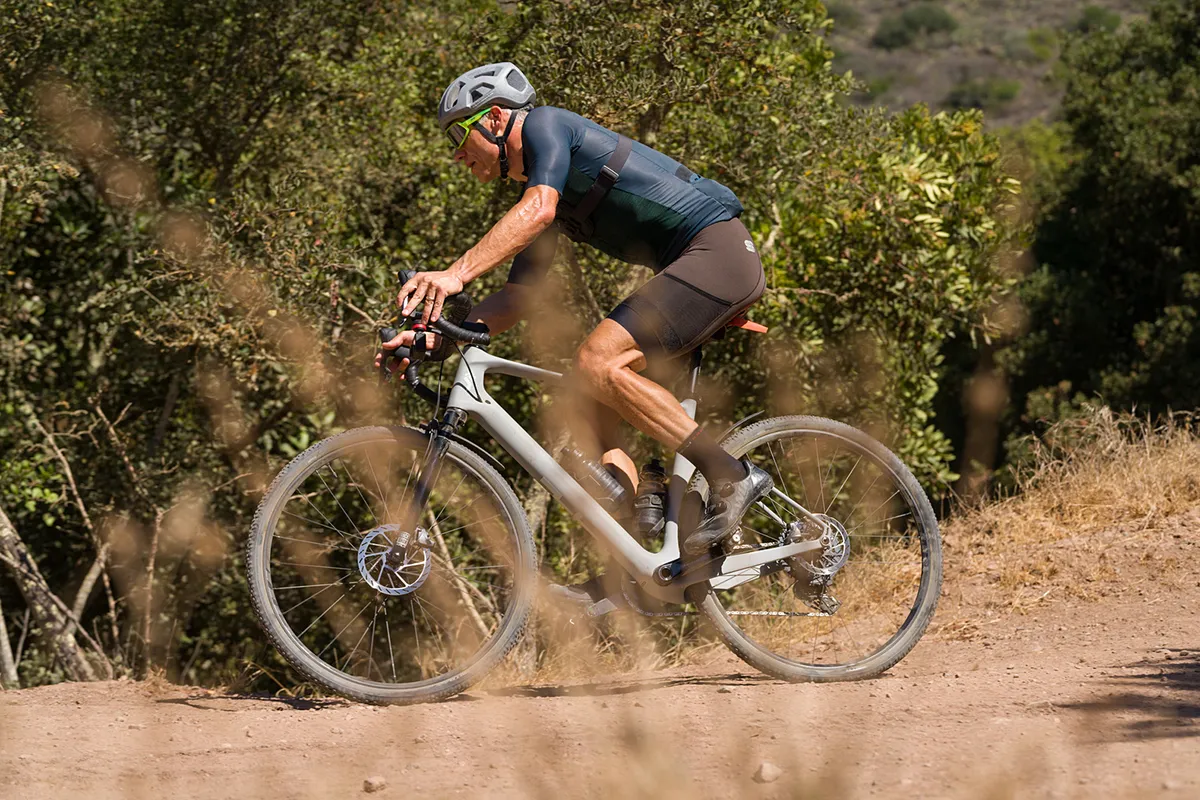
The YT Szepter, which, with front suspension and slung-out suspension is very much a gravel bike for mountain bikers, arrived in 2022, but the pace has accelerated in the two years since.
Mondraker, a brand famed for its focus on mountain bike racing, launched the Dusty, an electric gravel bike, in 2023, the Commencal 365 arrived a few months later, and, earlier this year, Propain rolled into gravel with the Terrel CF.
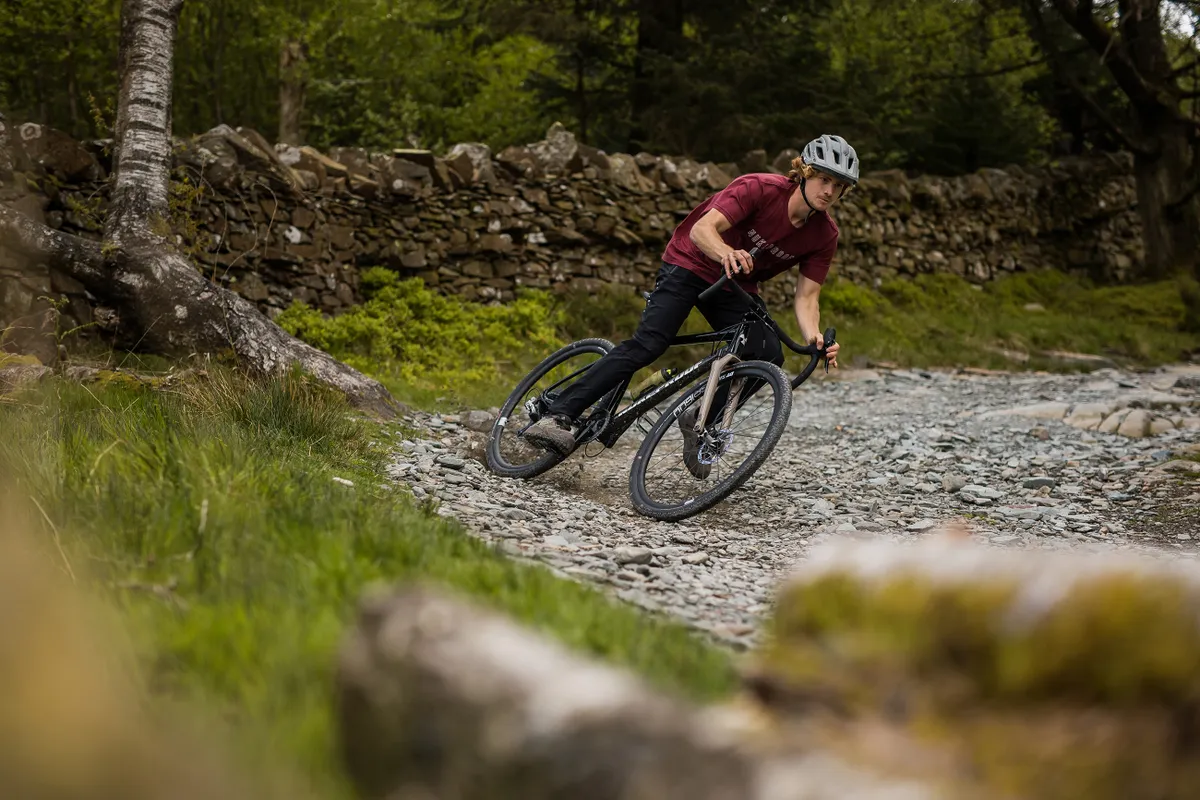
But why the flurry of action from brands usually concerned with bike parks? What’s their take on a very different type of off-road riding and how does their background influence the bikes that you and I can ride?
We spoke to four of the leading mountain bike brands with gravel bikes – Mondraker, Propain, Pivot and Cotic – to find out.
Defining gravel
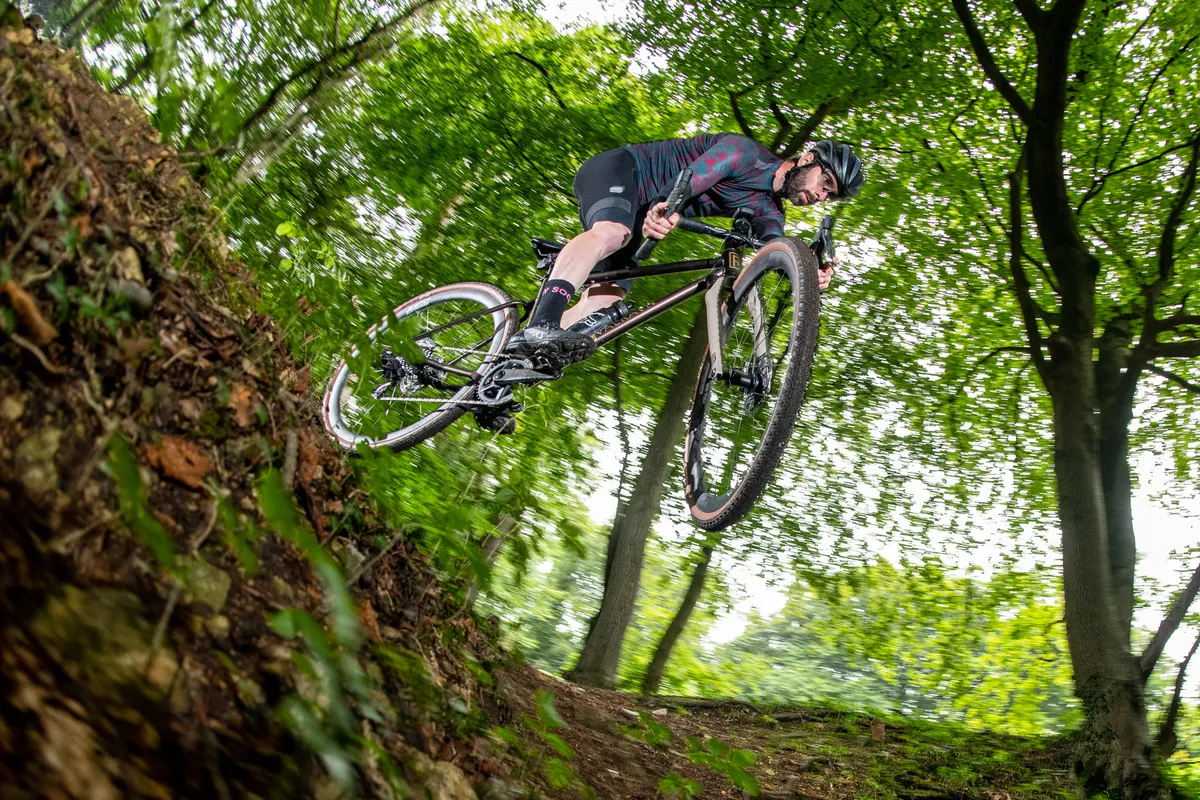
It all starts with the definition of ‘gravel’ – or, rather, that there isn’t one.
Gravel riding means something different to whoever you ask, but that’s no bad thing and adds to the appeal of a discipline that attracts riders from across the spectrum, from downhill to road racing, as well as complete newcomers.
“I think we all like to picture ‘gravel’ as a category that takes some of the best elements of road riding and mixes them up with the freedom and adventure associated with mountain biking,” says Richie Rowland, Mondraker’s UK and European country manager. “What you end up with is a great discipline that appeals to a wide audience.”

Robert Krauss, one of the founders of German brand Propain, has a similar take, but splits gravel into three categories: “Bikepacking and multi-day trips, light trail riding and bikes for fitness training and racing, similar to road bikes but without the limitation of paved roads,” he says.
“Gravel bikes are no mountain bikes but they can come quite close and are a lot of fun on easy MTB trails,” adds Krauss.
Chris Cocalis, the founder, CEO and president of Pivot Cycles, keeps it seriously straightforward, saying: “We define gravel as any off-road-capable drop-bar bike”.
Broadening horizons

For most riders, mountain biking will always be linked to adrenaline and danger. Riders test their skills against technical terrain deep in the forest, high up a mountain or in the depths of a rough and rocky outcrop in the middle of nowhere.
Gravel riding may well include chunks of time off-road, but it is, for the most part, a different proposition.
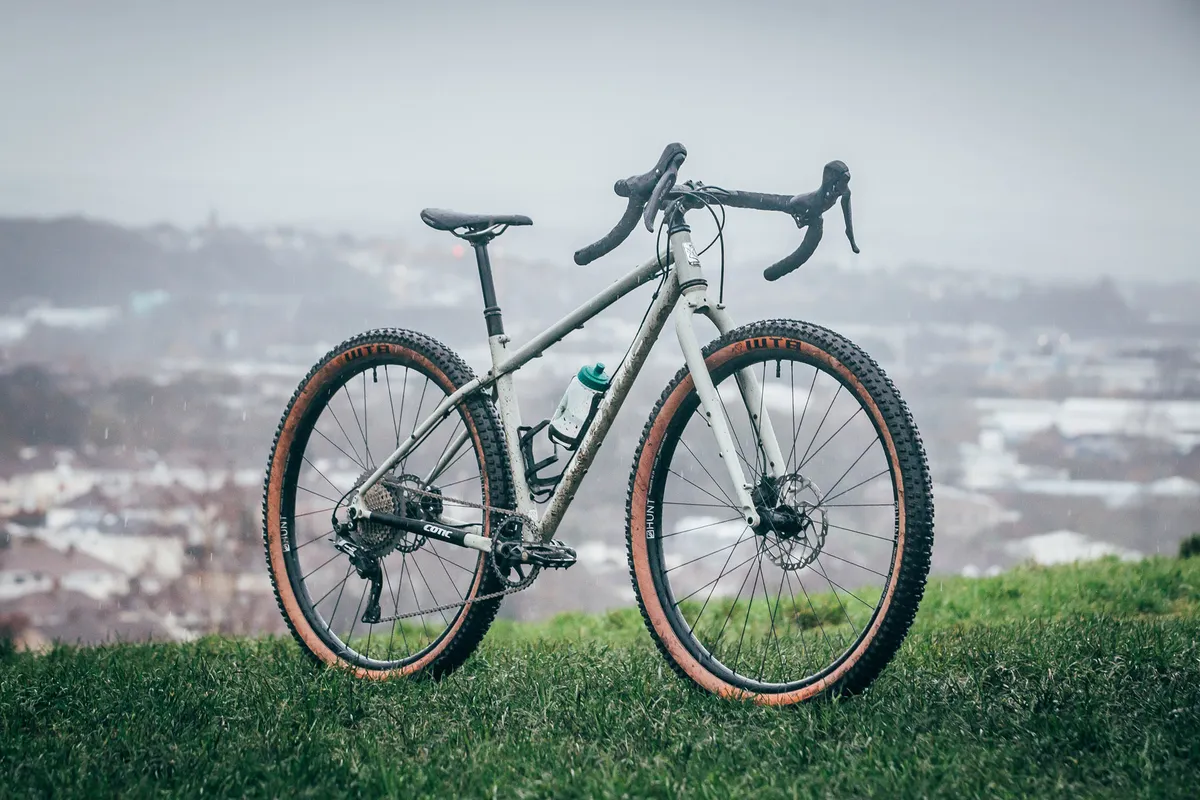
Can gravel riding really appeal to adrenaline-fuelled mountain bikers and, more importantly, the people who already buy their bikes from renowned MTB brands?
“Mountain bikers like the idea of gravel because a lot of local and easier-going trails have got boring and hard work on a big trail bike or enduro bike,” says Cy Turner, the founder of Cotic Bikes.
“Gravel bikes make those easy bits of local woods or back lanes fun, so they're a great ‘riding from the door’ bike.”

Pivot’s Cocalis has a similar outlook: the accessibility and simplicity of gravel means you can jump on a bike and be straight into a good ride.
“You still get to ride dirt and, like road bikes, for a lot of people in different areas, it can be more accessible and easier to jump on and get a good workout in,” he says. ”It’s good training, still fun, and less technical terrain can still offer a nice challenge on a gravel bike. It can also be more social if you're riding with a group and not riding singletrack.”
Propain’s Robert Krauss has a slightly different take on things: even the most addicted adrenaline junkie needs a day off.
“Sometimes, MTB riders just love to be out there in the woods but not seeking the full adrenalin rush of a mountain bike ride on that particular day,” he says. “Just feeling the need to spin the wheels while still being out in nature and not experiencing any hectic traffic."
Dipping a toe into a new world

Clearly, there’s something in gravel that appeals to the die-hard mountain biker, but why have the likes of Mondraker, Propain and Pivot – brands with near laser-focus on mountain biking – diversified and stepped into a different market? Business, pleasure or both?
“As a brand, we are unashamedly dirt-centric,” says Mondraker’s Richie Rowland. “In the past, that has always manifested itself as mountain bikes, but ultimately, we’re just motivated by riding off-road.
“For us, gravel is just another way of enjoying that off-road riding, so it was a logical step to make even more bikes that we, as a company of cyclists, enjoy riding.”

For Propain, which launched the Terrel CF with significant nods to the brand’s downhill heritage, it didn’t start with any concerns about customers, but simply what the brand’s employees were interested in.
“If we like something, we usually do it without thinking too much about the business side of things,” says Krauss, who also acknowledges that, having then looked at it from a business standpoint, the addition of a gravel bike also helped to diversify the portfolio.
“Overall, it was a strong yes to gravel as all of our interests lined up,” he adds.

For Pivot Cycles, the move into the category was less deliberate and more of an evolution, as Cocalis explains.
“Back in 2010/2011, ‘gravel’ was really just getting started,” he says. “We had mountain bike endurance athletes starting to race gravel events and other Pivot athletes racing cyclocross in the off-season.”
Indeed, as Pivot’s first non-mountain bike, the Vault was originally billed as a cyclocross bike when it launched in 2014. When the Vault relaunched in 2016, we described it on BikeRadar as “a cyclocross race bike with the chops for also taking on road riding and gravel events”, showing the evolution of the bike. And when the third iteration of the Vault came in 2019, it was a fully-fledged gravel bike with clearance for 700c x 45mm tyres.
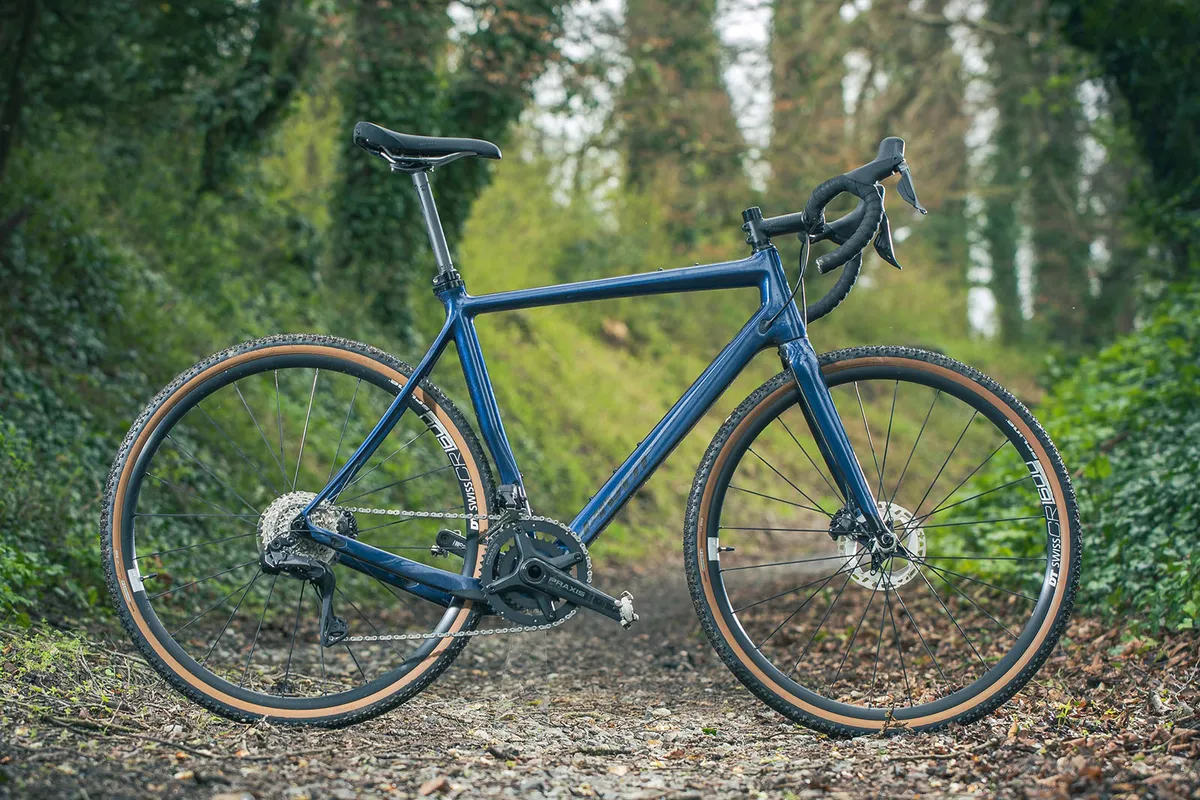
“We began early on with adjusting the geometry from 'cross bikes,” recalls Cocalis. “The biggest differences were a lower bottom bracket height, slacker head angle and, of course, more tyre clearance, as well as the move to disc brakes.
“Those first bikes were interesting as SRAM or Shimano had not yet started offering disc brakes on their road groups, so we used the TRP cable-actuated hydraulic disc brakes.”
Off-road, but not as we know it

Creating a bike for cross-country, downhill, enduro or even trail riding is relatively straightforward; the design parameters exist thanks to the well-defined categories.
Gravel, on the other hand, is a little different. Type ‘gravel bike’ into a search engine and you can expect to see everything from a carbon, aero-style road frame with clearance for chunky tyres, to a skinny-tubed steel frame sporting a suspension fork up-front, fixtures for just about every bag under the sun and even chunkier rubber.
So how do the mountain bike brands approach designing a gravel bike? Do they carry their off-road design philosophies over or attempt to keep the two things completely separate? For the mountain bike brands we spoke to, the level of MTB influence on their gravel bikes is markedly different.
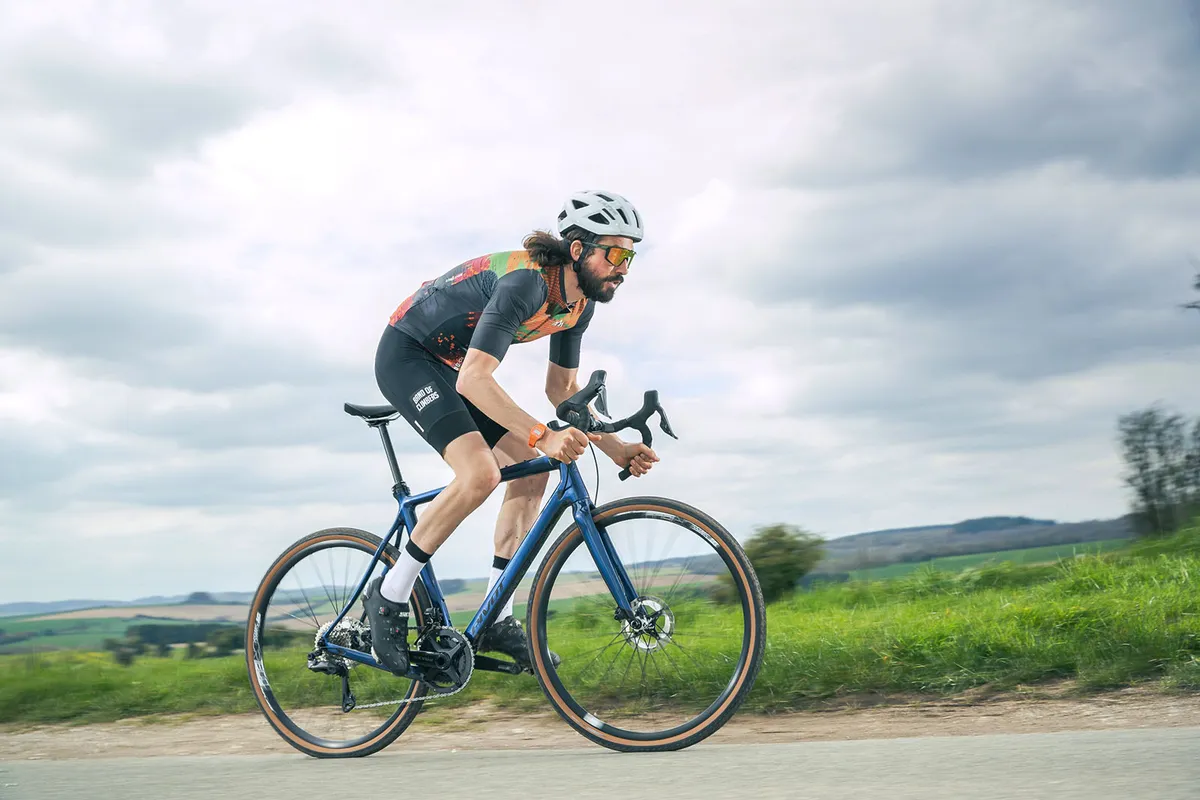
“We aren't really aiming to bring specific MTB characteristics over to the gravel bike designs,” says Chris Cocalis, referring back to the Pivot Vault.
“However, the influence is inevitable,” says Cocalis. As gravel riders have started to take their bikes onto more aggressive off-road terrain, the need for bigger tyres and wider rims, increased frame clearance, 1x drivetrains, shorter stems with increased reach measurements, droppers and gravel suspension forks has increased, too.
“The basics of a modern gravel bike start to look a lot like a hardtail MTB that accepts lower Q-factor cranks and road bike chain lines,” adds Cocalis, who says some riders run the brand’s LES mountain bike frame as a gravel bike. “It certainly ups the capability but isn’t too far out of line with the general direction of the gravel market.”
Propain is one of the latest mountain bike brands to venture into gravel, debuting the Terrel CF at the 2024 Sea Otter Classic.

Krauss, who founded Propain with Markus Zander in 2008, with the Rage downhill bike being the debut model, says the original idea behind the Terrel CF was “to build a gravel bike that is effectively an ultra-light mountain bike”.
That approach didn’t last long, though. He adds: “We realised quickly that a gravel bike is not a great mountain bike, so we put this idea aside. However, making it more capable on trails is awesome and opens up possibilities. I always hated riding my gravel bike when the trail got rougher, now I just plow through the gnar and love it.”
How does the Terrel CF strike this balance between ‘not being an ultra-light mountain bike’ and ‘plowing through the gnar’ then? Krauss explains: “Suspension is probably the most obvious overlap but won’t feel great if the geometry isn’t made to work with a certain fork travel, which brings me to the second point: geometry.
“Mountain bikers are used to longer reach values and shorter stems. We didn’t go too crazy here but still our frame is one of the longer ones out there.”

Cy Turner founded Cotic Bikes from the edge of the UK’s Peak District National Park in 2003. The Escapade was Cotic’s first gravel bike, launched way back in 2014, before the Cascade arrived in 2022. Take one look at its frame shape and chunky tyres, and the mountain bike influence is clear.
“I mean, the development hacks we built [for the Cascade] were made from pre-Longshot geometry Solaris frames with drop bars grafted on, so there's a huge amount of our MTB heritage in the Cascade,” he says.
Does that translate to off-road performance? “It's probably a better mountain bike than our first mountain bike from 20 years ago!” says Turner.
Mass appeal

We’ve got a good idea as to why these brands are venturing into the world of gravel bikes, and the varying takes on the level of MTB inspiration on the design philosophy, but who are they looking to sell their bikes to?
According to Turner, the aim with the Escapade and flat-bar Roadrat was to “sell Cotic customers their commuter bike or ‘non-mountain bike’ to begin with. But over the years we have definitely picked up a great audience on the gravel side of things".
“Certainly the Escapade and Cascade have reached people who were crossing over from road riding – where we have no profile at all – and not just mountain bikers or existing Cotic customers looking for a drop-bar bike,” he adds.
Chris Cocalis is confident that Pivot’s drop-bar bikes appeal to anyone who simply likes bikes. “Yes to both,” he says, referring to whether the Pivot Vault attracts riders starting from either road or MTB.

“We have a lot of current customers that ride both road and gravel. At the same time, there are a lot of non-Pivot customers coming over from road or just starting cycling solely as gravel riders. Our mission is to provide the best cycling products possible and that has included gravel since nearly the beginning of gravel as a segment of the sport.”
Both Cotic and Pivot have had a far longer run-up in gravel than Propain. However, Robert Krauss believes the new Terrel CF will open the brand up to more riders, aside from the mountain bikers already familiar with the name.
“I think our bike appeals to everyone and will broaden our audience in the long term,” he says. “It will come naturally as we attend gravel events and races, and we bring our approach to gravel to the core gravel guys and girls out there.”
Looking ahead to the future

What are the key takeaways from this, then? It seems most of the brands we spoke to wanted to make a gravel bike simply because that type of riding appealed to them or their team riders. Still, there’s no doubt that the boom in the genre helped them set budget aside, too, justifying that extra spend on carbon moulds or fabricating time.
When it comes to their approach, the end goal is generally one of comfort, versatility and capability, rather than all-out speed, although in most instances, get the former right and the latter will improve. Sure, they might not throw aerodynamic claims around, but you can bet these bikes will be fast when there’s dirt beneath the tyres.
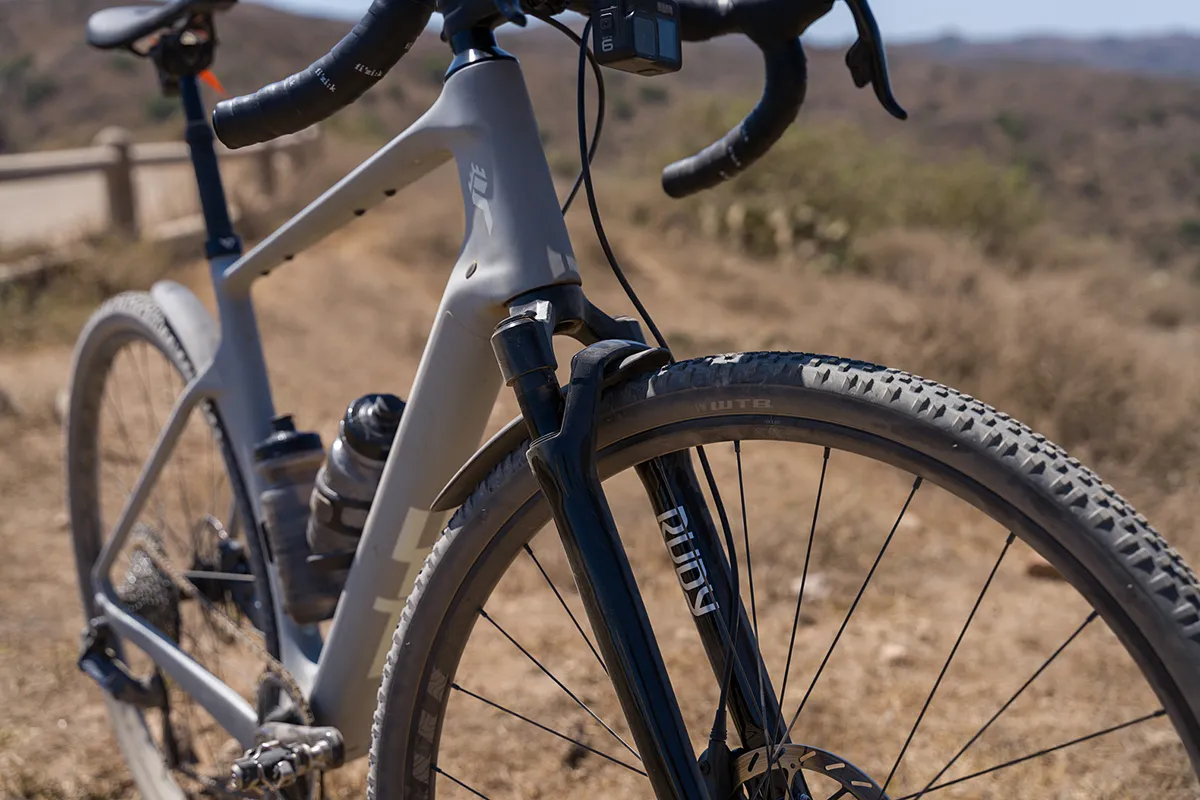
As the gravel sector has evolved, mountain bike DNA has undoubtedly worked its way into the rough-and-tumble end of the sector: from progressive geometry to tyres that wouldn’t look out of place on a cross-country bike.
Whether we’re talking about mountain bike brands with established gravel credentials, such as Cotic and Pivot, or the hardcore newcomers with their own take on things, like Mondraker and Propain, it will no doubt be interesting to see how their bikes continue to evolve.
As gravel continues to evolve apace, will it be the mountain bike brands leading the way for the rest of the market? Keep your eyes peeled.
